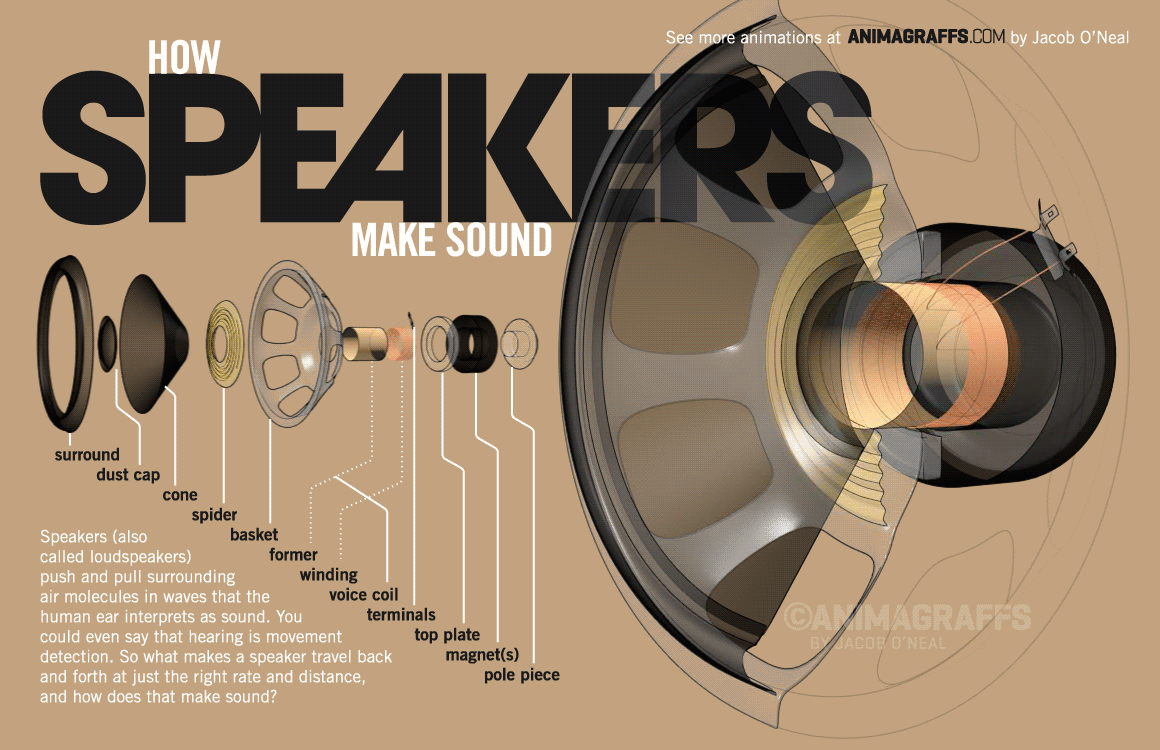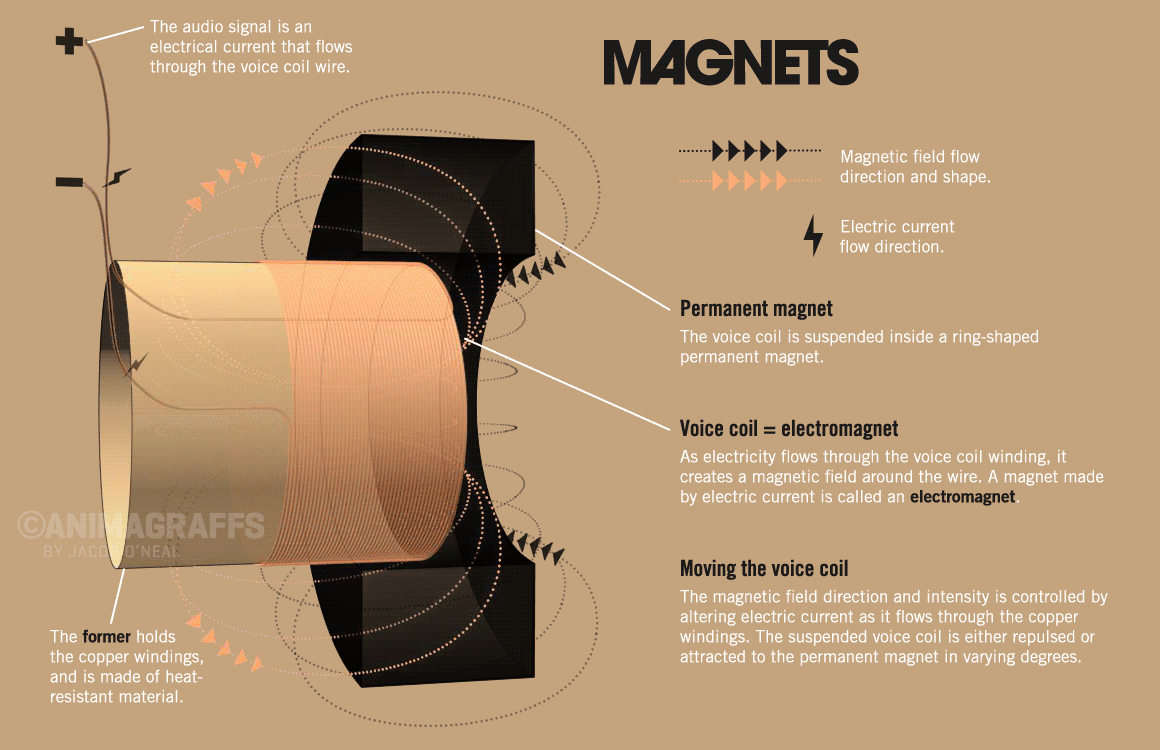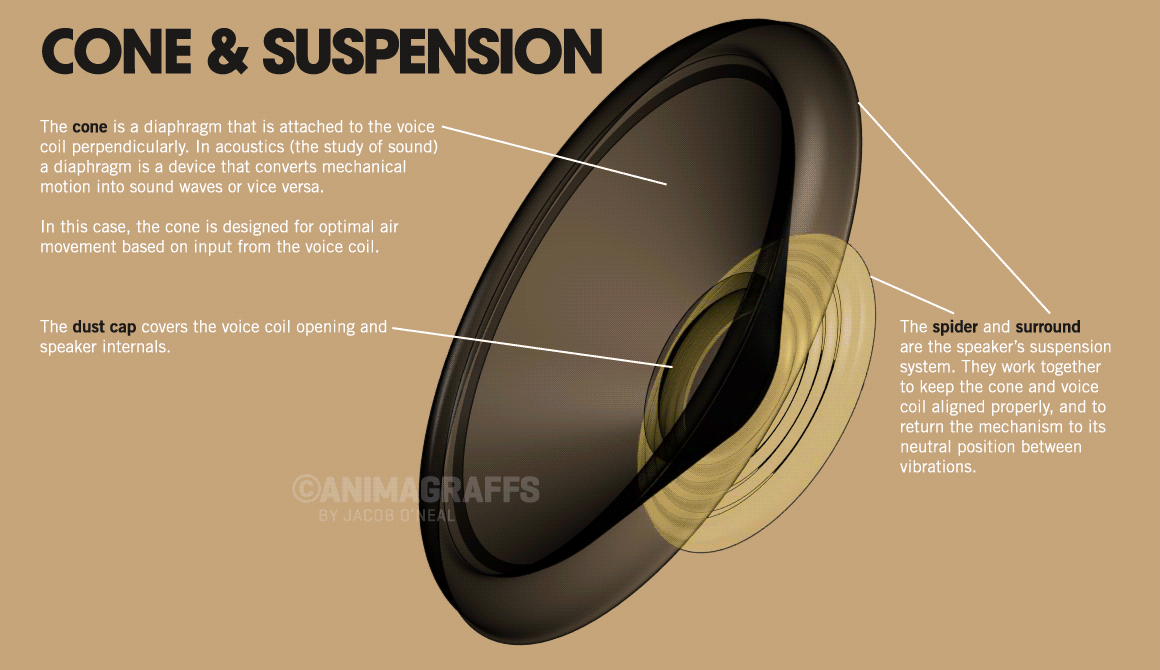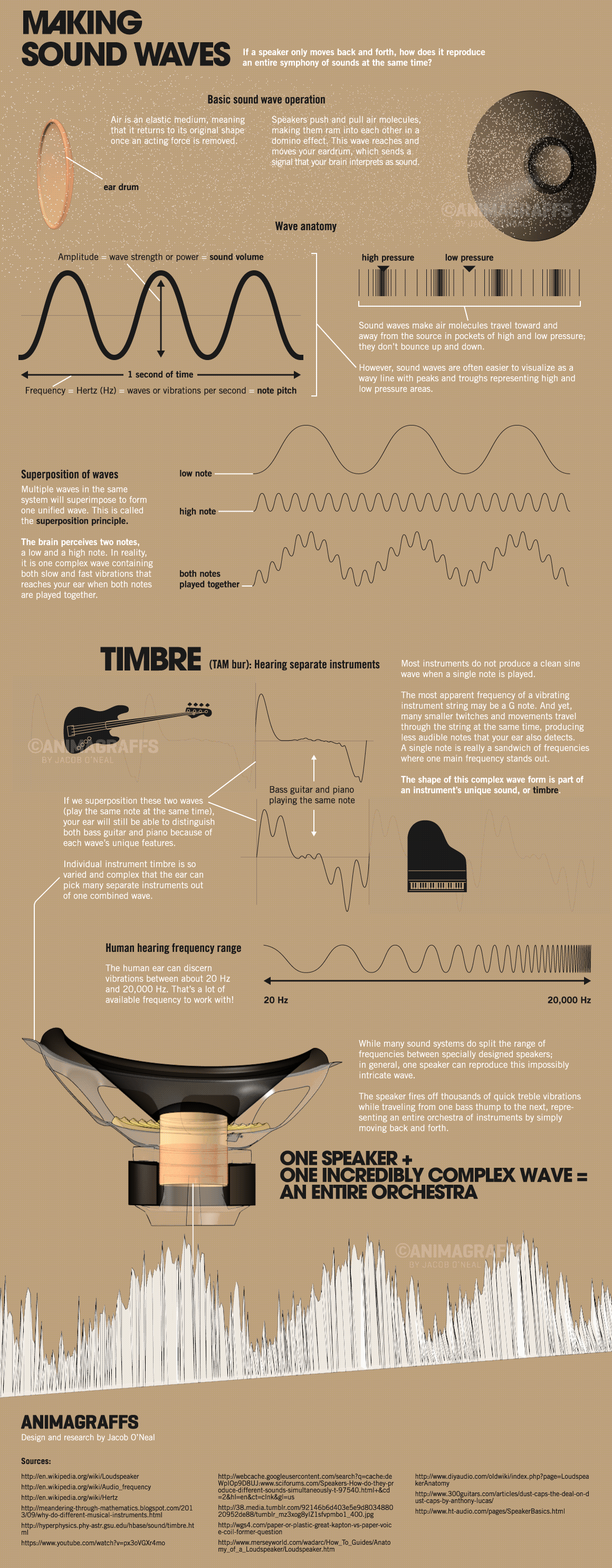Sloop John B
And any old music will do…
One of the tweeters in my SL2s has ceased to be, an ex-tweeter as it were.
I didn't notice any major occurrence (one sees mention of tweeter blowing) and with my high frequency hearing loss I don't really know how long it has been demised.
Why do tweeters cease to be and do they do it slowly over time or is it just a keeling over event.
I really know so little abut how any of this works, but I know you lot do...........................
.sjb
I didn't notice any major occurrence (one sees mention of tweeter blowing) and with my high frequency hearing loss I don't really know how long it has been demised.
Why do tweeters cease to be and do they do it slowly over time or is it just a keeling over event.
I really know so little abut how any of this works, but I know you lot do...........................
.sjb





